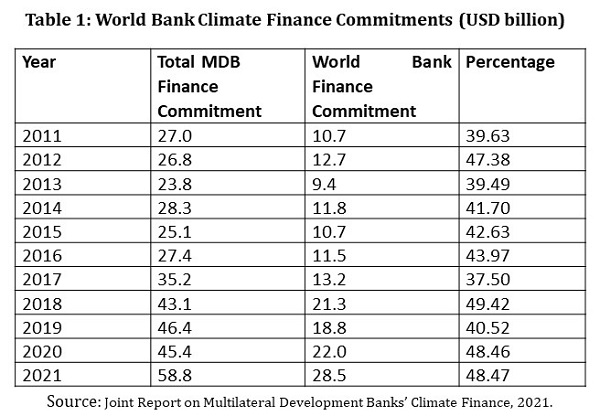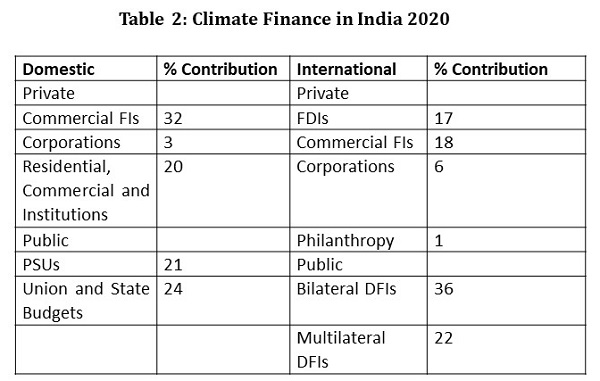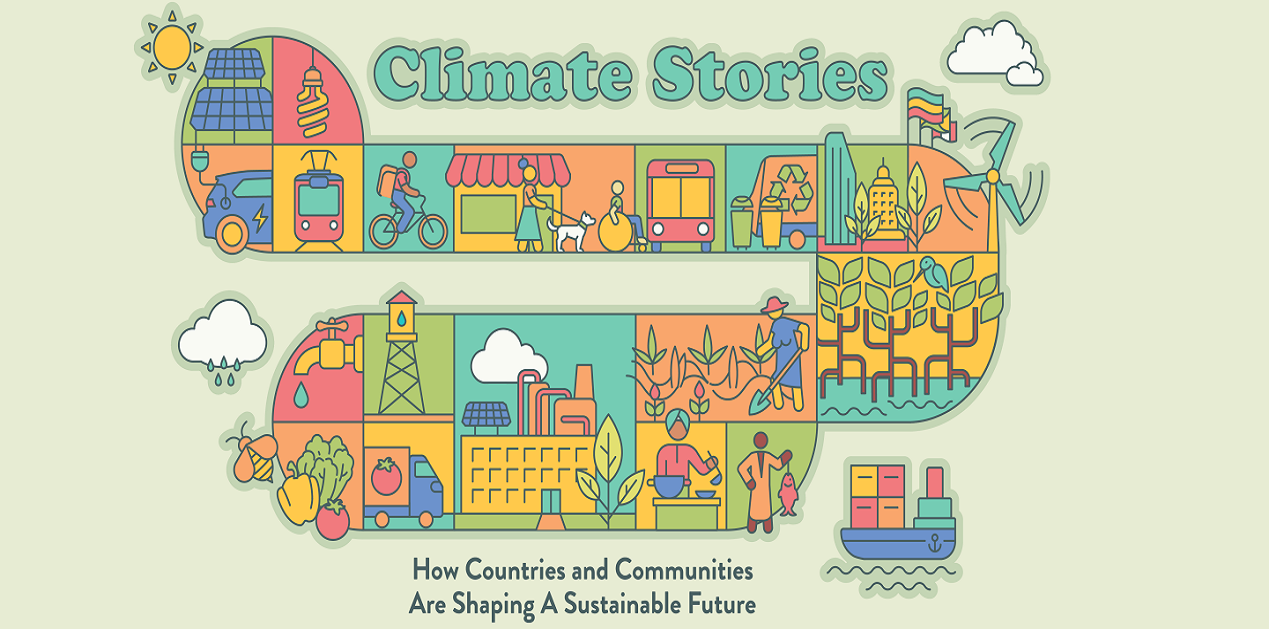Introduction
There is a growing debate on the reform of multilateral development banks to provide ‘global public goods’. At the behest of G20, an independent review of the Capital Adequacy Framework of multilateral development banks was undertaken in 2021-22. India too, under its Presidency of the G20, has created an expert group on strengthening multilateral development banks to address the enhanced requirements of funding.[1] It is in this context that there is a need to assess the Spring Meetings of the Bretton Woods Institutions held from 10-16 April 2023 in Washington DC.
As in preceding years, this year too, the management and shareholders of the IMF and World Bank re-committed themselves to the eradication of poverty, addressing issues of development and climate change. Specifically, the World Bank drew up a motley of measures, notably reducing the bank’s equity to loan ratio from 20 % to 19% (freeing up 4 billion USD), a hybrid capital pilot to increase private sector contribution of funds to the World Bank and a scaled up bilateral guarantee programme to deal with global concerns including climate change pandemic risk, and fragility, conflict, and violence.[2] Commitment to climate finance was also buttressed in the Evolution Roadmap of the World Bank that was adopted in December 2022.[3] This also comes close on the heels of the setting up in 2022 of SCALE (Scaling Climate Action by Lowering Emissions), a trust fund that will provide concessional lending to client countries against verified emissions reductions.
The Climate Change Regime Complex
Climate change has emerged as an issue that requires proactive engagement of many different types of institutions, each of which belonging to a different regime. Simply explained by Amandine Orsini, to begin with, climate change emerged as an issue in the environmental regime where it was regarded as a consequence of ecological crisis. Overtime, it became an issue of the development regime since it involved patterns of development of developed and developing countries. Further down, came issues of transfers of technology for adapting to climate change, thus bringing into focus the intellectual property regime. The need for finances for adaptation led to the inclusion of the financial regime. More recently, concerns regarding environmental refugees and conflicts are increasing thus bringing in the security regime. Overtime, what has emerged is a climate change regime complex. [4]
As early as 2010, it was assessed that the climate change regime complex consisted of loosely connected institutions that are not hierarchically organised.[5] It included forums where substantial rule making has taken place such as UN legal regimes, expert assessments, the Montreal Protocol, specialized UN agencies, bilateral initiatives, unilateral action, clubs and multilateral development banks. It also included institutions where additional rule-making was required to deal with climate change such as financial market regulation; Nuclear Suppliers’ Group; intellectual property rights, bilateral investment treaties and other investment regulation; GATT/WTO.[6] Among the multilateral banks that have been associated with climate change is the World Bank. In fact, the World Bank has been engaged with climate change much before the term regime complex was coined.
World Bank and Climate Change
The World Bank has been an interested stakeholder in the realm of climate change. It established some important institutions to deal with climate change. In the 1990s, under the UNFCCC, it sponsored the Prototype Carbon Fund to channel investment into the Kyoto Protocol’s Clean Development Mechanism (CDM).[7] Subsequently, along with other multilateral institutions and the Global Environment Facility, it paid for the participation of the developing countries in the UNFCCC and the Kyoto Protocol. Away from the UNFCCC, it created funds to help avoid deforestation, assist with adaptation to climate change and included climate concerns into its lending and grants in the realm of agriculture, power plants, infrastructure and other investments. In order to help countries achieve their Nationally Determined Contributions (NDCs) articulated at the Paris Conference of 2015, it adopted an Action Plan 2016-20.[8] It’s most recent Action Plan for the period 2021-25 has envisioned a shift of focus from green projects to greening entire economies, with equal emphasis on mitigation and adaptation.[9]
The World Bank group is the largest multilateral financer of climate-related actions in developing countries. Over the period of a decade since 2011, on a yearly basis, the World Bank has been the largest contributor to climate finance among all other multilateral development banks.

Among the other multilateral development banks contributing to climate finance are the African Development Bank, Asian Development Bank, Asian Infrastructure Investment Bank, European Bank for Reconstruction and Development, European Investment Bank, Inter-American Development Bank Group and Islamic Development Bank. [10]
Climate Finance in India
The UN Framework Convention for Climate Change defines climate finance as local, national or transnational financing—drawn from public, private and alternative sources of financing—that seeks to support mitigation and adaptation actions that will address climate change.[11] India’s climate finance requirements are large, it is estimated that only for adaptation, 85.6 lakh crore INR (USD 1 trillion) is required (at 2011-12 prices)up to 2030.[12] India’s NDC submitted in 2015 had stated that there is a requirement of 2.5 trillion from 2015-2030 for India’s climate change actions. Obviously, this was an underestimation. [13]
The climate finance architecture in India consists of Union Budget, State budgets, climate funds funded by Union Budget and Cesses (National Clean Energy Fund (NCEF), National Adaptation Fund (NAF), Compensatory Afforestation Funds and National Disaster Response Fund (NDRF), private climate finance (CDM, Debt Finance, Private Equity, Venture Capital); International Climate Finance (Multilateral Funds, Bilateral Funds and International Private Finance).[14]
However, the sources of climate finance for India are largely domestic including “government budgetary support as well as a mix of market mechanisms, fiscal instruments and policy interventions.” [15] In 2019-2020, the total climate finance available for mitigation in the sectors of clean energy, energy efficiency and clean transportation only was 309 thousand crores (44 billion USD) per annum. Of this, 83% came from domestic sources and 17 % from international sources.

Source: Landscape of Green Finance in India 2022, Climate Policy Initiative, August 2022. [16] FIs refer to financial institutions and DFIs to development financial institutions.
Thus, contribution from all multilateral development financial institutions was merely 22%, with no estimates of contributions of the World Bank. Moreover, what is known is very minimalistic. According to the Joint Report of the MDBs, over years since 2015 until 2021, India received 1948, 3017, 2678, 3703, 3671, 3549, 3735 (million USD) from the multilateral development banks.[17] It is also said that among the multilateral sources of climate finance for India, the CDM (which has both bilateral and multilateral donors) has been most prominent. Beginning in 2005, a total of 506 CDM projects were registered for being undertaken in India until 2017.[18] These projects spanned a wide array of sectors such as energy industries, energy distribution, energy demand, manufacturing industries, chemical industries, construction, transport, mining/mineral production, metal production, fugitive emission from fuels, fugitive emissions from production and consumption of halocarbons and Sulphur hexachloride, solvent use, waste handling and disposal, afforestation and reforestation and agriculture. The first project was for GHG emission reduction by thermal oxidation of HFC 23 in Gujarat which was estimated to reduce 3000000 metric tonnes of CO2 emissions per annum. The last of these projects in 2017 was a wind power project in Madhya Pradesh with a potential to reduce CO2 emissions by 88,711 metric tonnes CO2 equivalent per annum. According to the Ministry of Environment, Forests and Climate Change figures of December 2021, “1686 out of total 7849 projects registered by the CDM Executive Board are from India, which is the second highest in the world. Certified Emission Reductions (CERs) issued to Indian projects is 265 million (12.4%) of the total 2131 million CERs issued.”[19]
The Green Climate Fund set up under the Paris Agreement of 2015 has since 2017 approved 7 projects with USD528.9 million of GCF funding.[20] Of these projects 3 are related to mitigation ( solar rooftop installation projects in commercial, industrial and residential housing sectors, green growth equity fund and India e-mobility financing programme), 1 for adaptation (Ground Water Recharge and Solar Micro Irrigation to Ensure Food Security and Enhance Resilience in Vulnerable Tribal Areas of Odisha) and the rest are cross-cutting.
Conclusion
At the international level, India has taken the lead in articulating the requirement of international climate finance and its nature. India has held that “such finance should be motivated by climate change concerns; it should be in the form of grants and preferably from public sources; and finally, climate finance should be new and additional.”[21] However, such a change, if at all it comes about, will take substantial time. Whatever the limits of international climate finance, India’s large requirements for sustainable developmentwill have to be met by complementing domestic sources with more external sources, both bilateral and multilateral, of climate finance. It is in this context that the reform of the MDBs is significant and every small step taken towards that effort, in this case by the World Bank, is important.
References
[1]PIB, G20 Expert Group on Strengthening Multilateral Development Banks, 28 March 2023, https://pib.gov.in/PressReleaseIframePage.aspx?PRID=1911378, accessed on 24 May 2023.
[2]World Bank, Spring Meetings 2023: Towards a New Era, https://www.worldbank.org/en/news/feature/2023/04/16/toward-a-new-era#:~:text=At%20this%20year's%20World%20Bank,the%20banking%20sector%20and%20persistent, accessed on 18 May 2023.
[3]World Bank, Evolving the World Bank Group’s Mission, Operations, and Resources: A Roadmap, https://documents1.worldbank.org/curated/en/099845101112322078/pdf/SECBOS0f51975e0e809b7605d7b690ebd20.pdf, 18 December 2022, accessed on 24 May 2023.
[4]Amandine Orsini, Climate Change Regime Complex, Academic Foresights, 18 (2017), 4 pages, at http:// hdl.handle.net/2078/186359, accessed on 19 May 2023.
[5]Robert O. Keohane and David G. Victor, The Regime Complex for Climate Change, Discussion Paper 10-33, January 2010, John F. Kennedy School of Government, Harvard University, https://www.belfercenter.org/sites/default/files/legacy/files/Keohane_Victor_Final_2.pdf, accessed 19 May 2023.
[6]Ibid, Figure 1.
[7]Ibid. The CDM is defined in Article 12 of the Kyoto Protocol, allows a country with an emission-reduction or emission-limitation commitment under the Kyoto Protocol (Annex B Party) to implement an emission-reduction project in developing countries. Such projects can earn saleable certified emission reduction (CER) credits, each equivalent to one tonne of CO2, which can be counted towards meeting Kyoto targets.
[8]World Bank; IFC; MIGA. 2016. World Bank Group Climate Change Action Plan 2016-2020.
[9]World Bank Group, World Bank Group Climate Change Action Plan 2021–2025: Supporting Green, Resilient, and Inclusive Development, 22 June 2021.
[10]For their commitments to climate finance see Figure B1, Joint Report on Multilateral Development Banks’ Climate Finance, 2021, p. 56, https://publications.iadb.org/en/2021-mdb-joint-report, accessed 16 June 2023.
[11]UN Climate Change, Introduction to Climate Finance, https://unfccc.int/topics/introduction-to-climate-finance, accessed 16 June 2023.
[12]The Hindu Bureau, ‘Adapting to climate change to cost India ₹85.6 lakh crore by 2030’,
https://www.thehindu.com/business/adapting-to-climate-change-to-cost-india-856-lakh-crore-by-2030/article66808787.ece, accessed 23 May 2023. The figure is drawn from the RBI Report on Currency and Finance 2022-23.
[13]Koyel Kumar Mandal, Climate Finance, in Navroz K. Dubash (ed.), India in a Warming World., Oxford University Press, 2019, pp.381-398, p.386, https://academic.oup.com/book/35227/chapter/299755147, accessed 23 May 2023.
[14]Divya Singh, Climate Finance Architecture in India, Centre for Budget and Governance Accountability, 2017, p.11, https://www.cbgaindia.org/study-report/climate-finance-architecture-india/, accessed 23 May 2023.
[15]PIB, India has Taken Lead to raise the issue of Climate Finance at International Forums, 28 July 2022, https://pib.gov.in/PressReleasePage.aspx?PRID=1845822, accessed 23 May 2023.
[16]Neha Khanna, Dhruba Purkayastha and Shreyans Jain, Landscape of Green Finance in India 2022, 10 August 2022, https://www.climatepolicyinitiative.org/publication/landscape-of-green-finance-in-india-2022/, accessed 4 June 2023.
[17]Joint Report on Multilateral Development Banks’ Climate Finance, n.10, p. 48.
[18]UNFCCC/CDM, https://cdm.unfccc.int/Projects/projsearch.html, accessed on 26 June 2023.
[19]MOEFCC, Annual Report 2021-22, p.385.
[20]Green Climate Fund, Republic of India, https://www.greenclimate.fund/countries/india, accessed on 16 June 2023.
[21]Koyel Kumar Mandal, Climate Finance, in Navroz K. Dubash (ed.)India in a Warming World, Oxford University Press , 2019, p. 384, https://academic.oup.com/book/35227/chapter/299755147, accessed on 23 May 2023.
(The paper is the author’s individual scholastic articulation. The author certifies that the article/paper is original in content, unpublished and it has not been submitted for publication/web upload elsewhere, and that the facts and figures quoted are duly referenced, as needed, and are believed to be correct). (The paper does not necessarily represent the organisational stance... More >>
Image Source: https://www.worldbank.org/content/dam/photos/1440x600/2021/may/SD_Climate_Stories-01_1440x600.png










Post new comment